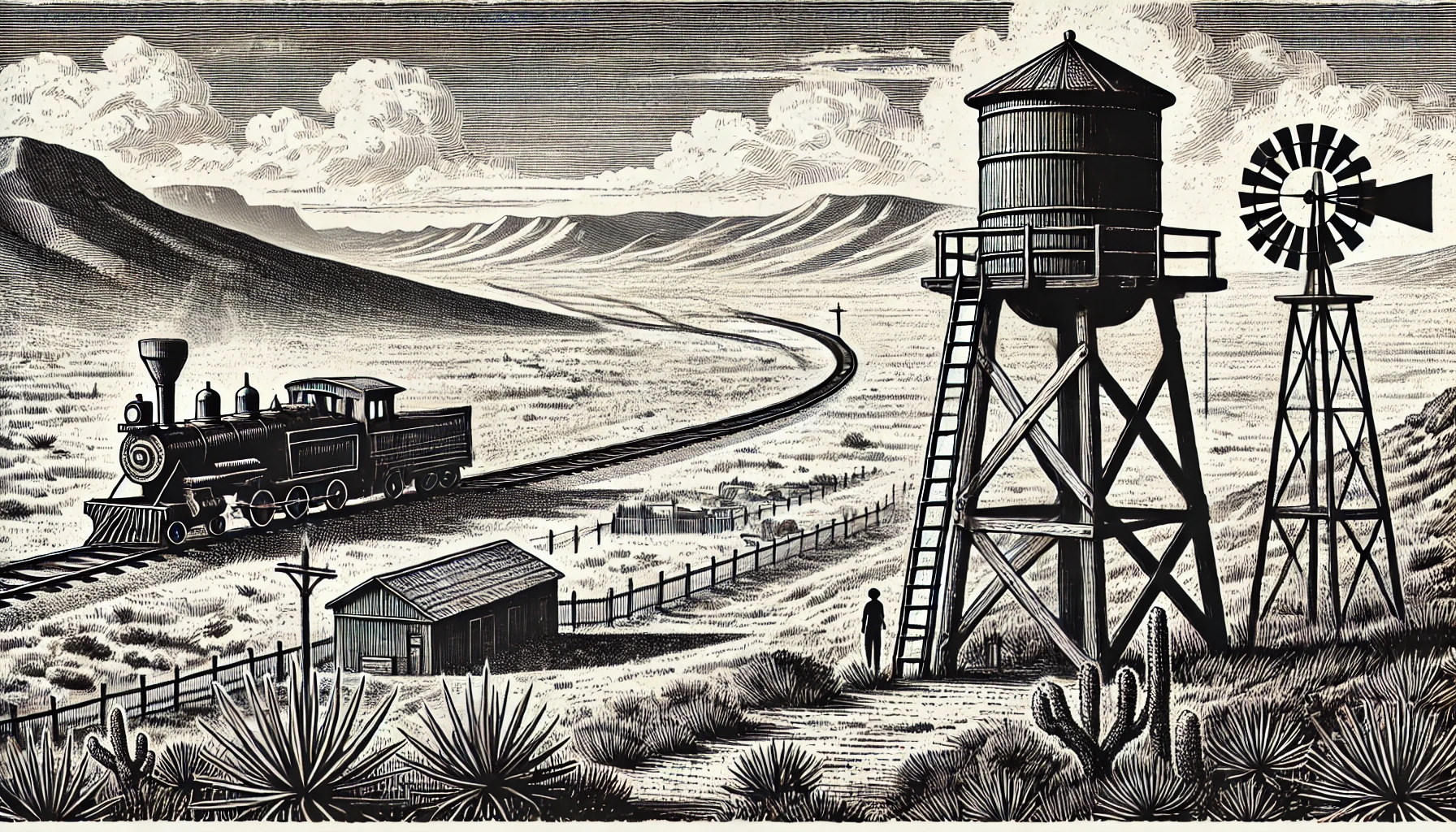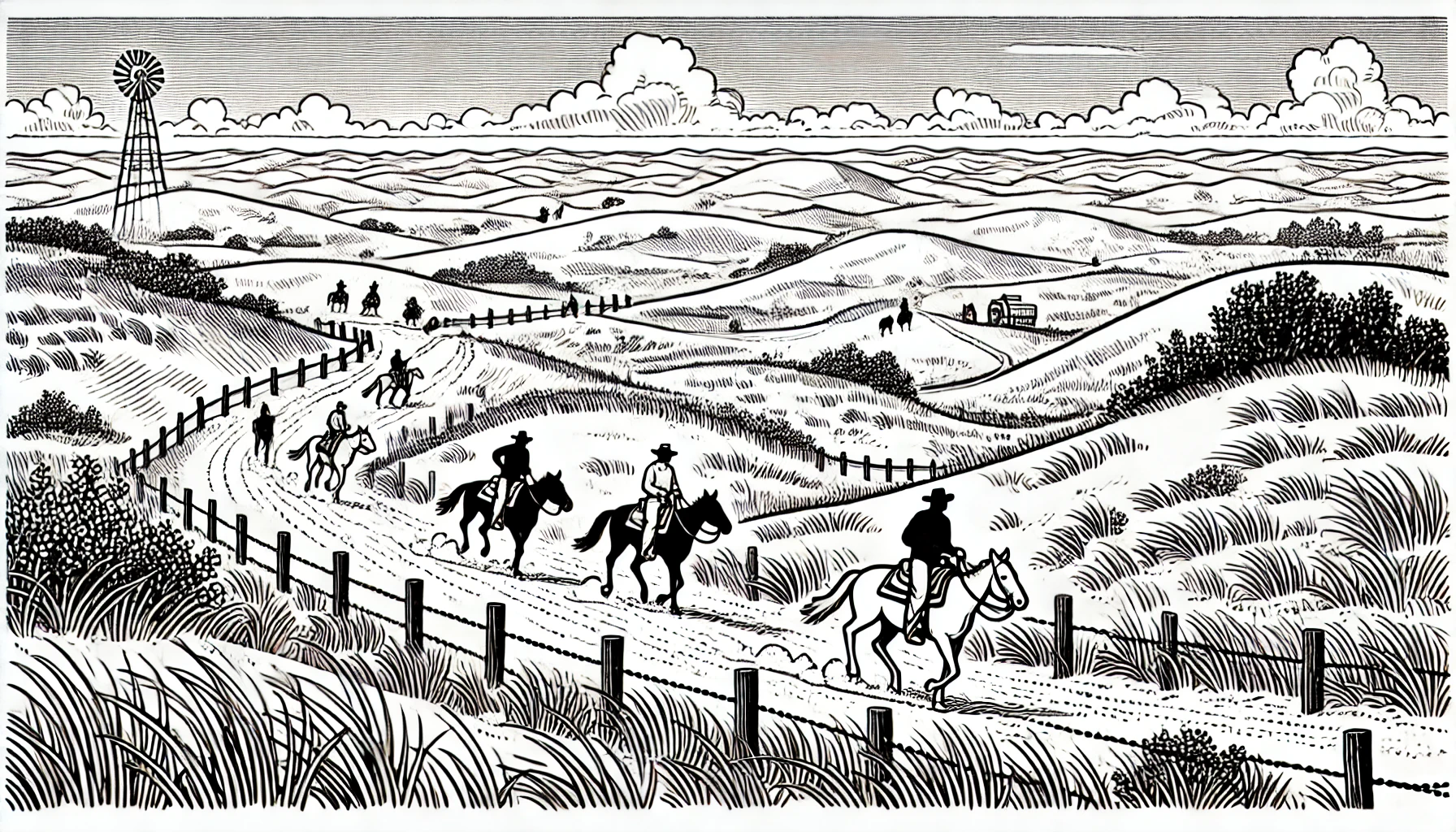Ponderosa Pine Forests of the American West

As one travels through Nebraska, the rugged landscape of the Great Plains gives way to the Rocky Mountains and the rolling hills of the Pine Ridge. In this unique region, the Ponderosa Pine (Pinus ponderosa) dominates the landscape, forming vast forests that provide a glimpse into the complex ecosystems of the American West. These forests, characterized by towering trees with distinctive orange-red bark, thrive in a combination of environments, from dry scrublands to montane ecosystems.
One of the most exemplary Ponderosa Pine forests can be found in the Bessey Ranger District of the Nebraska National Forests. Located in central Nebraska, this district is home to the largest hand-planted forest in the United States, with over 90,000 acres of Ponderosa Pines planted in the early 20th century. This reforestation effort has resulted in a diverse ecosystem, supporting a range of wildlife, including white-tailed deer, wild turkeys, and mountain lions.
The unique characteristics of the Ponderosa Pine, including its drought tolerance and fire-resistant bark, allow it to thrive in the challenging environment of the American West. In places like the Black Forest, a historic plain east of Colorado Springs, Colorado, the species has adapted to a life of frequent fires, developing a low-density canopy that allows for the growth of understory vegetation. In contrast, in the wetter climates of the Rocky Mountains, such as in the ponderosa/pine-spruce/fir biogeoclimatic zones near Grand Lake, Colorado, the Ponderosa Pine takes on a more constricted and park-like appearance.
Despite the resilience of these forests, they face various threats, such as pine bark beetle infestations and forest fires.Climate change has altered precipitation patterns in the region, exacerbating drought conditions and further weakening the trees' defenses against pests and fires. This vulnerability has been evident in recent events, such as the 2012 High Park Fire in Larimer County, Colorado, which devastated extensive areas of Ponderosa Pine forests.
In recent years, conservation efforts have aimed to protect the Ponderosa Pine forests by adopting more resilient forestry practices and conducting controlled burns. Organizations such as the Nature Conservancy and government agencies, like the U.S. Forest Service, have led initiatives to restore these ecosystems, building on the historical and ecological significance of the Ponderosa Pine.
Ecologists, meanwhile, remain critical of past forestry practices that reduced the diversity and density of Ponderosa Pine forests. By prioritizing dense plantations over diverse, patchwork ecosystems, foresters inadvertently weakened the forest's capacity for fire resistance and adaptation. As such, researchers like Carl Skinner from the U.S. Forest Service have argued for implementing silvicultural practices that include "restoration thinning," designed to imitate natural processes and more resilient Ponderosa Pine forests.
Studies on these ecosystems suggest a nuanced and shifting balance, where some components can thrive due to disturbances while others may suffer. More comprehensive understanding of the influence of Ponderosa Pine forests on the greater ecosystem, as well as human activities like land management and climate, can perhaps find its optimal application in various modern planning policies.
The ongoing understanding of, conservation, and land management of these diverse Ponderosa Pine ecosystems suggest deep lessons and implications beyond regional boundaries that continue to illuminate key interconnected, complex ecological components through intense inter-collaboration across wide human disciplines.
One of the most exemplary Ponderosa Pine forests can be found in the Bessey Ranger District of the Nebraska National Forests. Located in central Nebraska, this district is home to the largest hand-planted forest in the United States, with over 90,000 acres of Ponderosa Pines planted in the early 20th century. This reforestation effort has resulted in a diverse ecosystem, supporting a range of wildlife, including white-tailed deer, wild turkeys, and mountain lions.
The unique characteristics of the Ponderosa Pine, including its drought tolerance and fire-resistant bark, allow it to thrive in the challenging environment of the American West. In places like the Black Forest, a historic plain east of Colorado Springs, Colorado, the species has adapted to a life of frequent fires, developing a low-density canopy that allows for the growth of understory vegetation. In contrast, in the wetter climates of the Rocky Mountains, such as in the ponderosa/pine-spruce/fir biogeoclimatic zones near Grand Lake, Colorado, the Ponderosa Pine takes on a more constricted and park-like appearance.
Despite the resilience of these forests, they face various threats, such as pine bark beetle infestations and forest fires.Climate change has altered precipitation patterns in the region, exacerbating drought conditions and further weakening the trees' defenses against pests and fires. This vulnerability has been evident in recent events, such as the 2012 High Park Fire in Larimer County, Colorado, which devastated extensive areas of Ponderosa Pine forests.
In recent years, conservation efforts have aimed to protect the Ponderosa Pine forests by adopting more resilient forestry practices and conducting controlled burns. Organizations such as the Nature Conservancy and government agencies, like the U.S. Forest Service, have led initiatives to restore these ecosystems, building on the historical and ecological significance of the Ponderosa Pine.
Ecologists, meanwhile, remain critical of past forestry practices that reduced the diversity and density of Ponderosa Pine forests. By prioritizing dense plantations over diverse, patchwork ecosystems, foresters inadvertently weakened the forest's capacity for fire resistance and adaptation. As such, researchers like Carl Skinner from the U.S. Forest Service have argued for implementing silvicultural practices that include "restoration thinning," designed to imitate natural processes and more resilient Ponderosa Pine forests.
Studies on these ecosystems suggest a nuanced and shifting balance, where some components can thrive due to disturbances while others may suffer. More comprehensive understanding of the influence of Ponderosa Pine forests on the greater ecosystem, as well as human activities like land management and climate, can perhaps find its optimal application in various modern planning policies.
The ongoing understanding of, conservation, and land management of these diverse Ponderosa Pine ecosystems suggest deep lessons and implications beyond regional boundaries that continue to illuminate key interconnected, complex ecological components through intense inter-collaboration across wide human disciplines.
